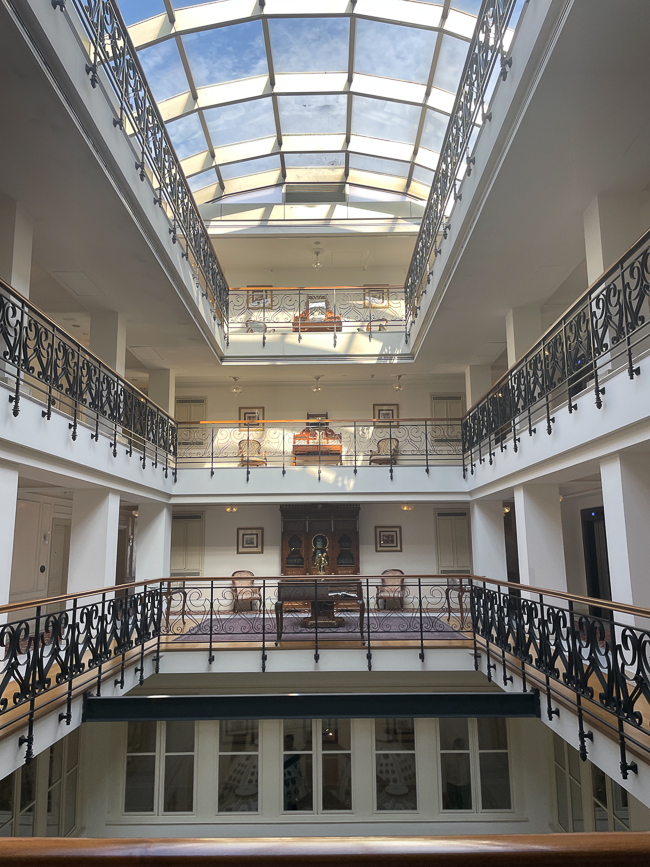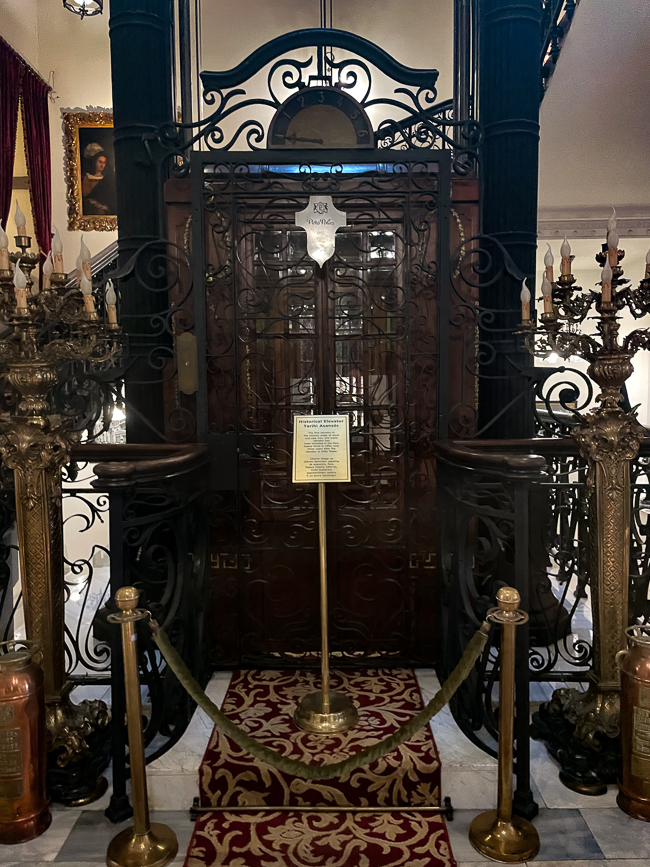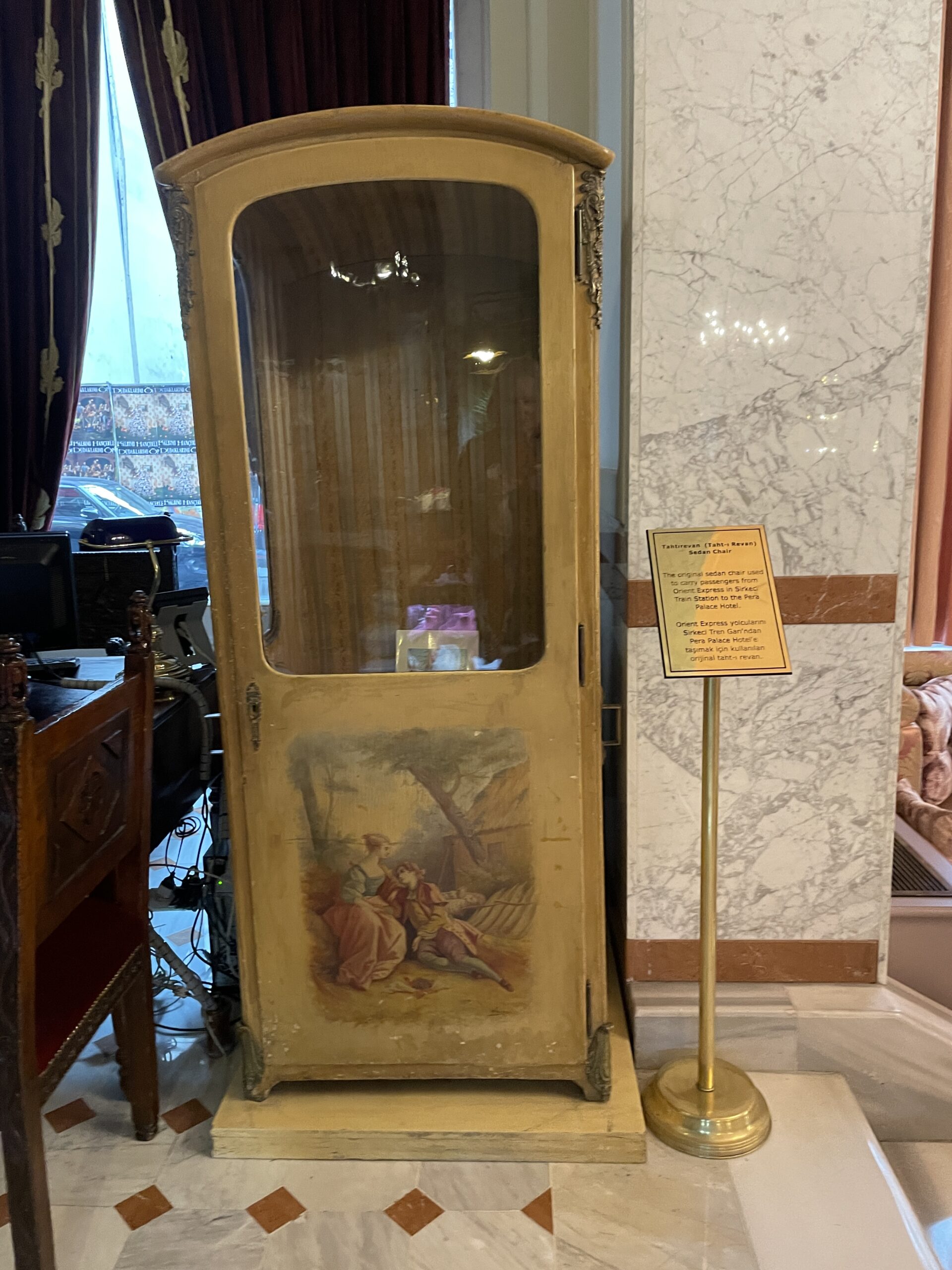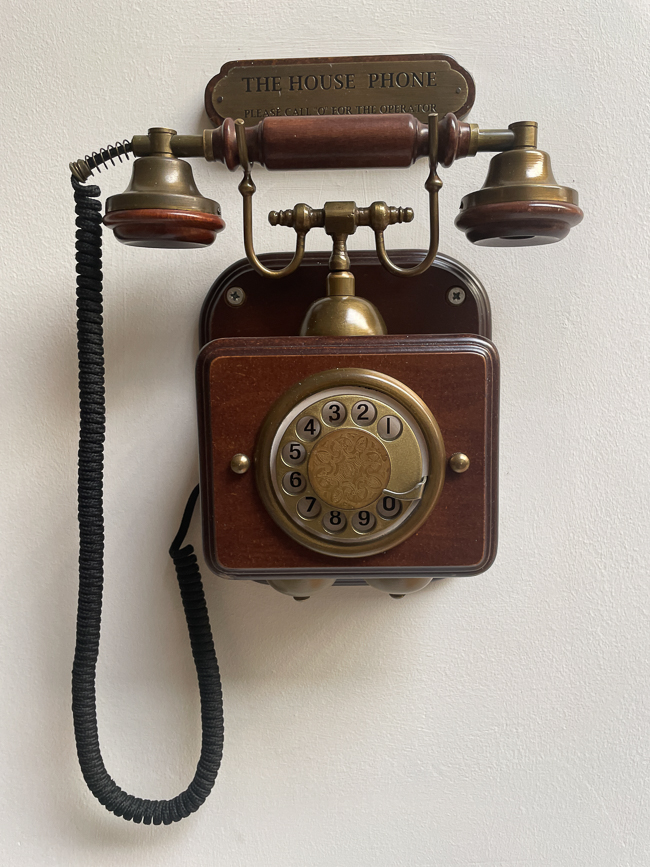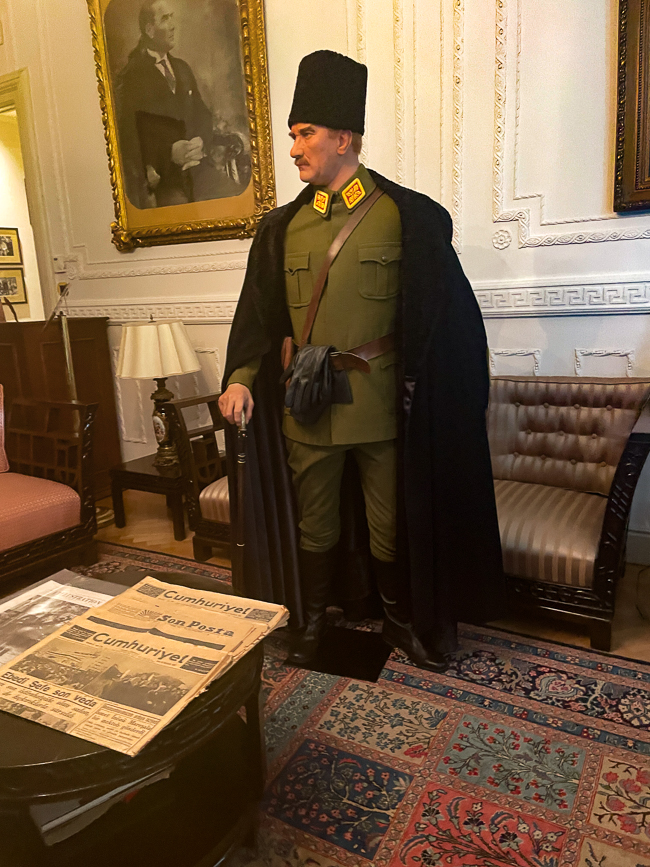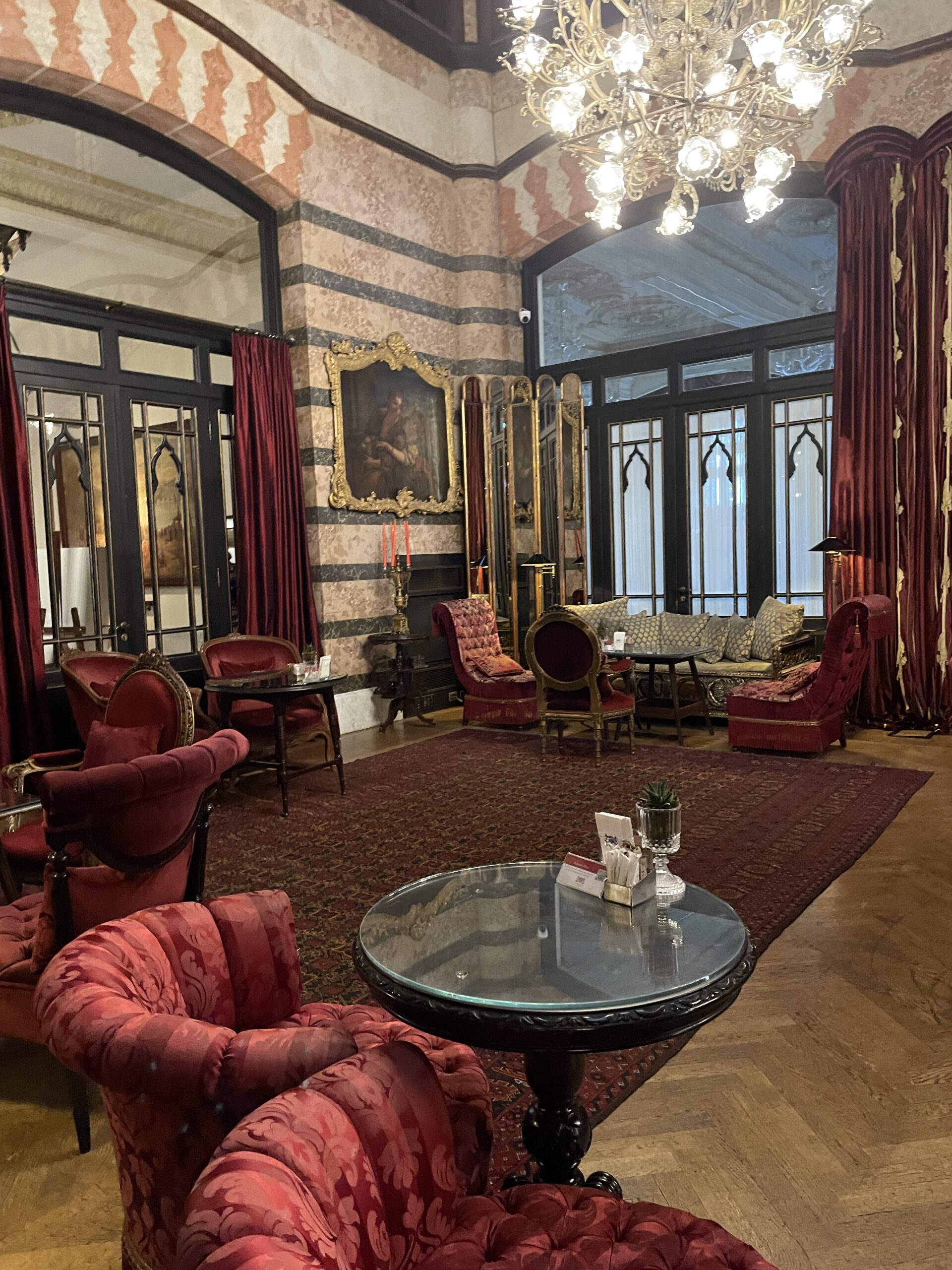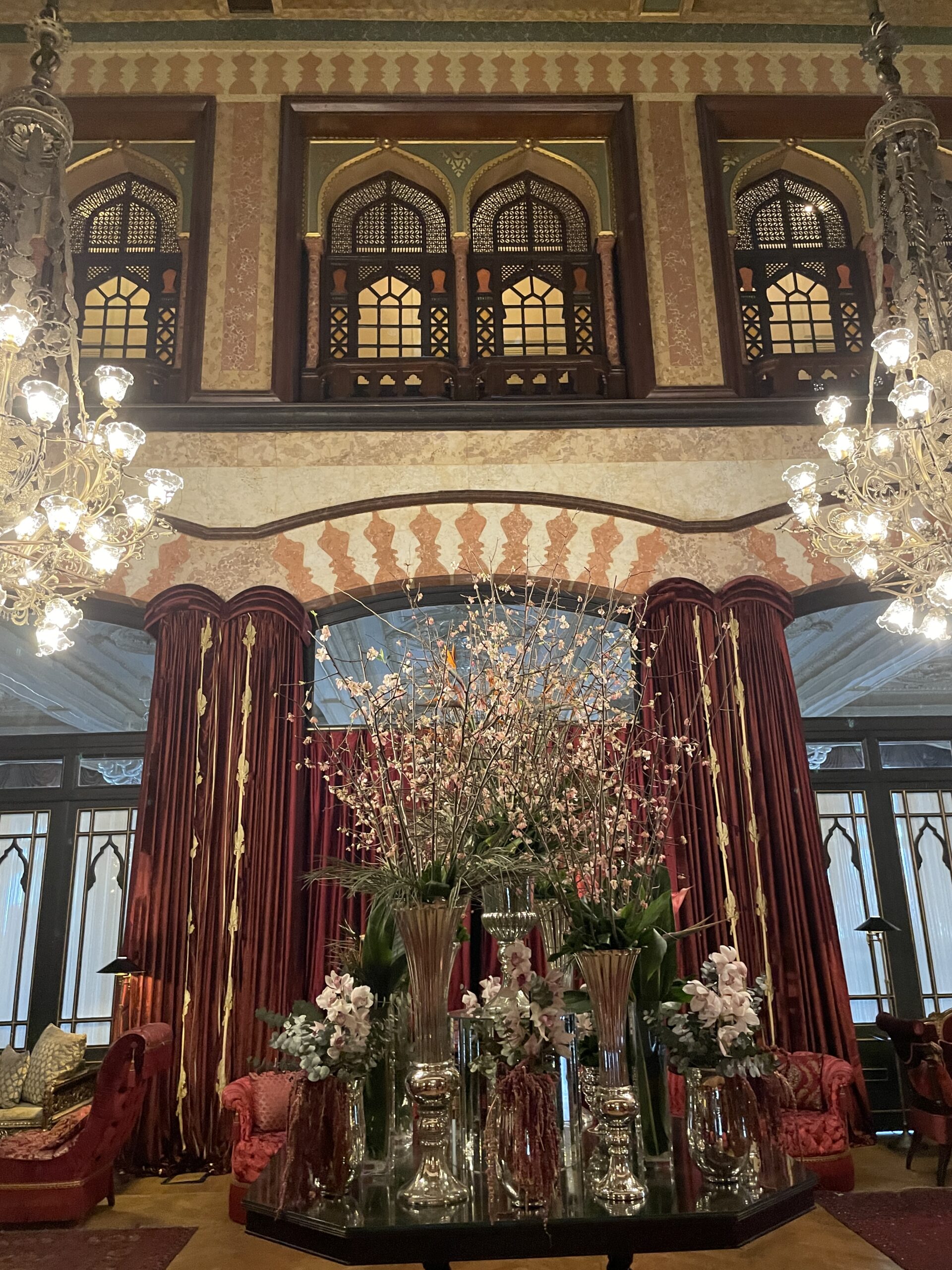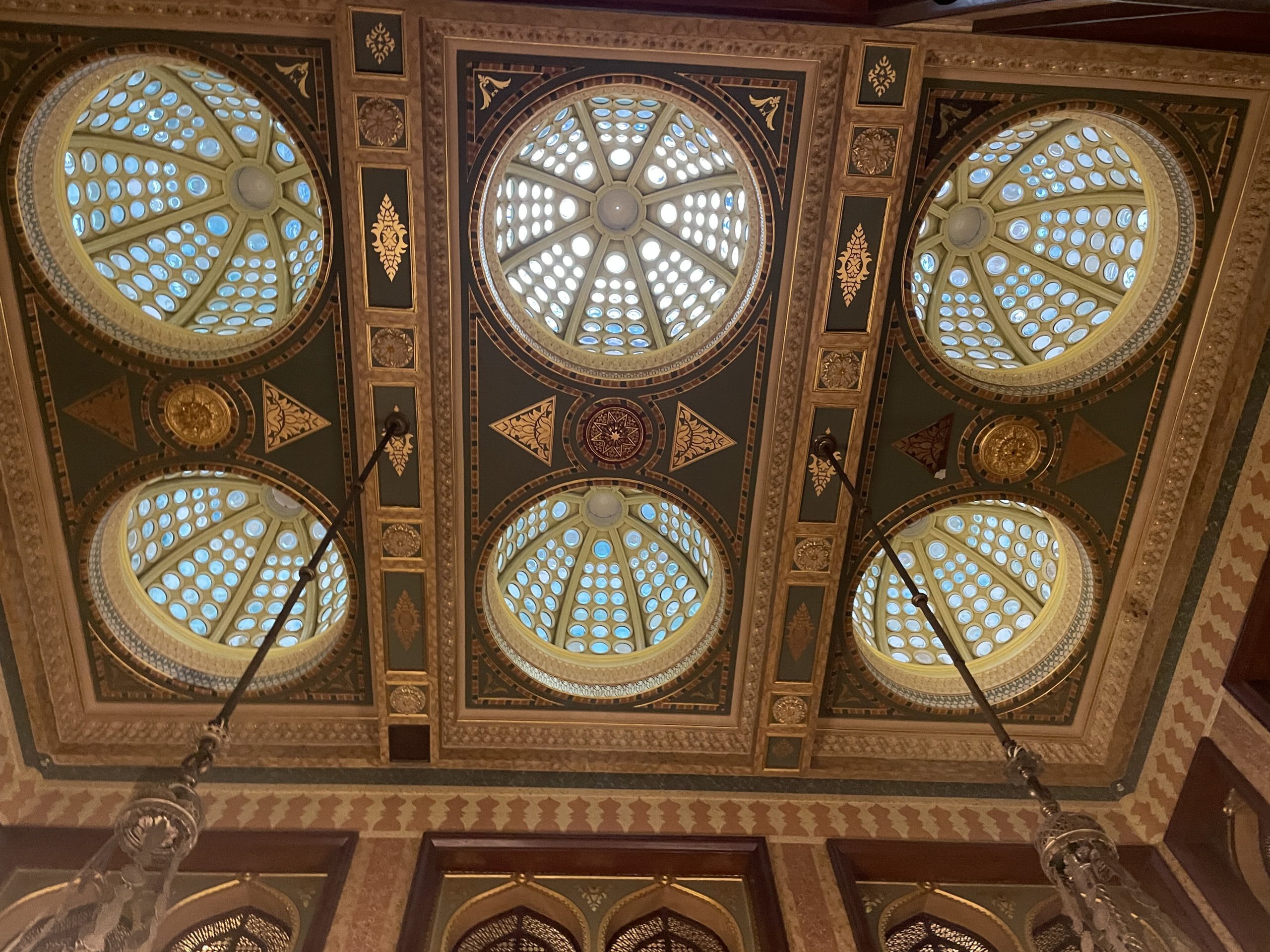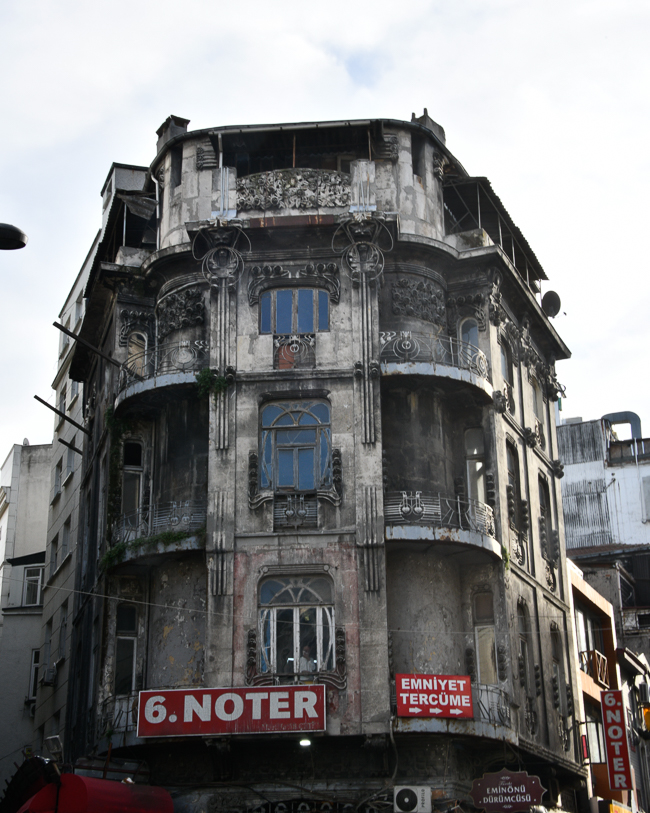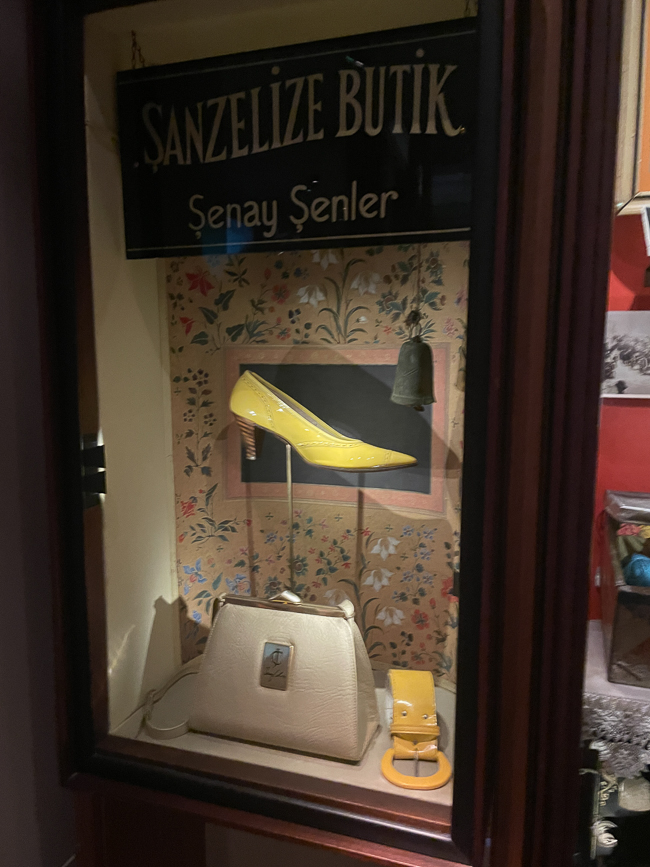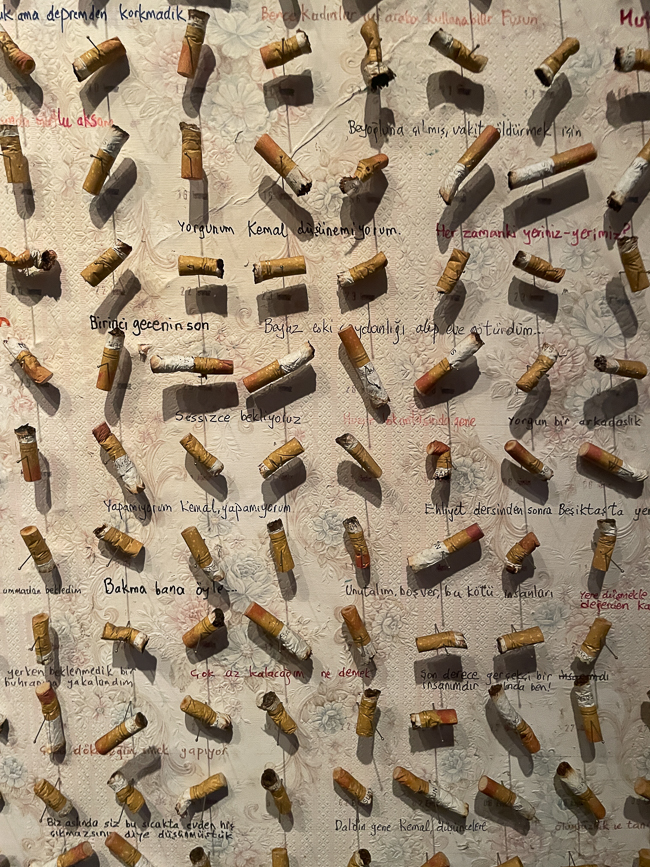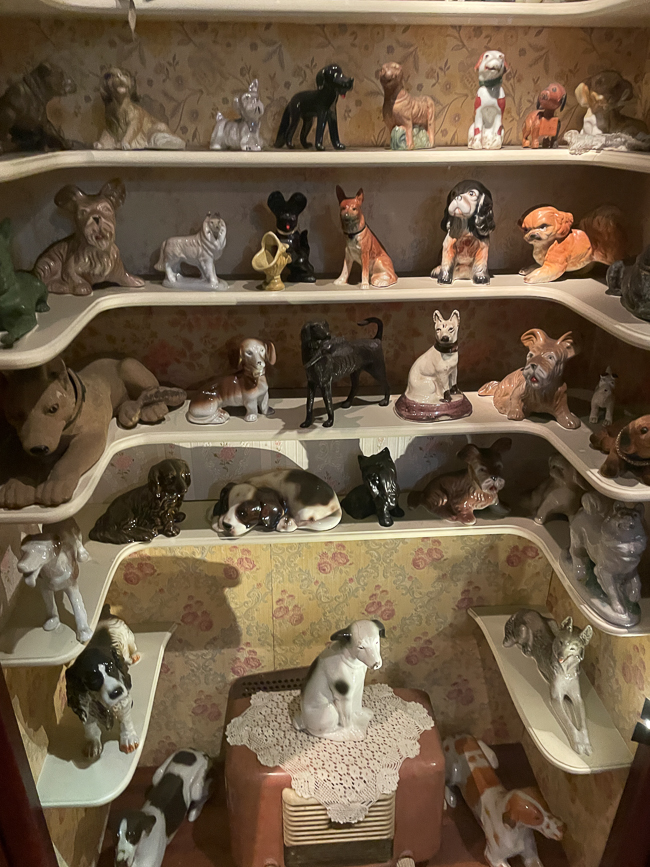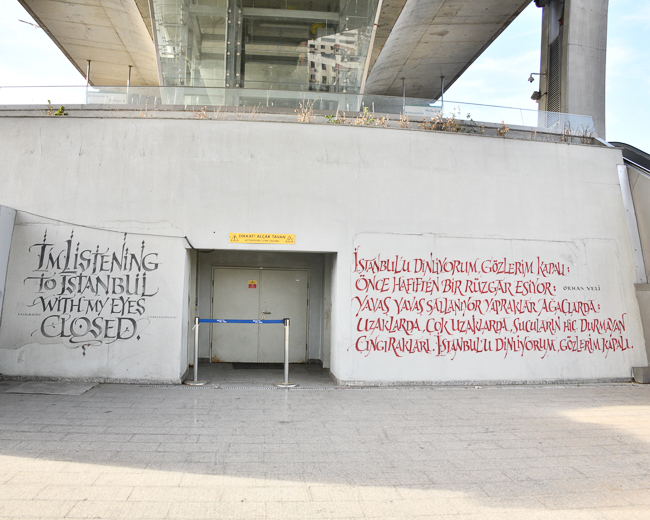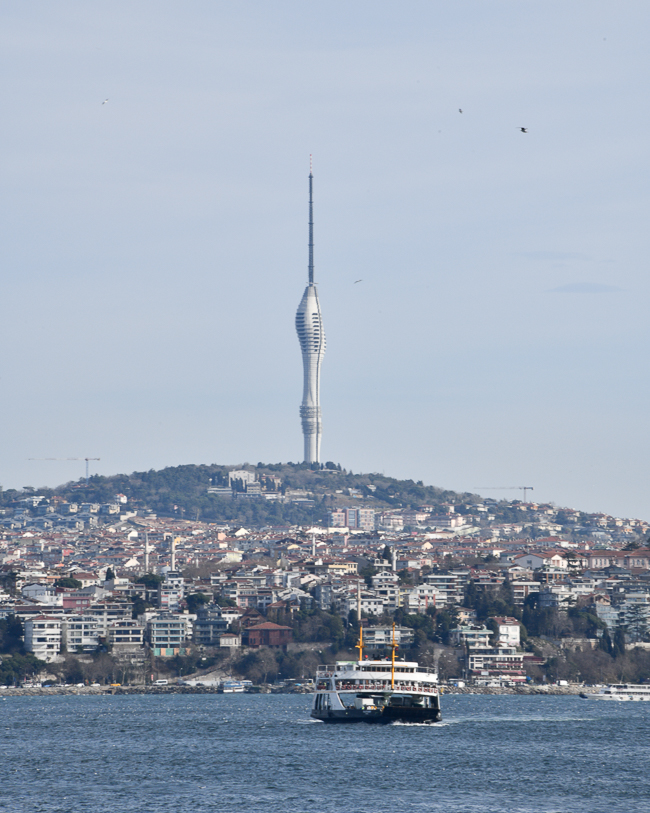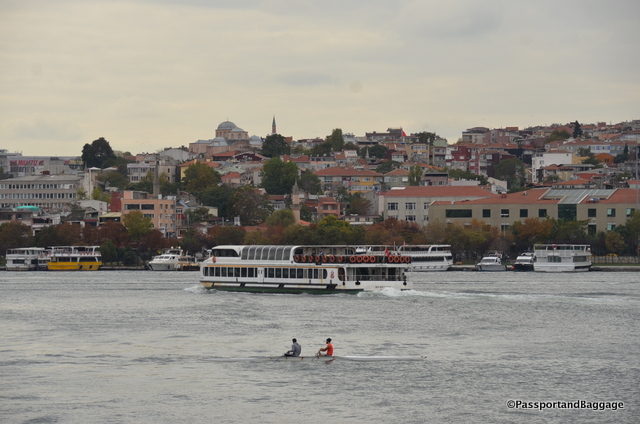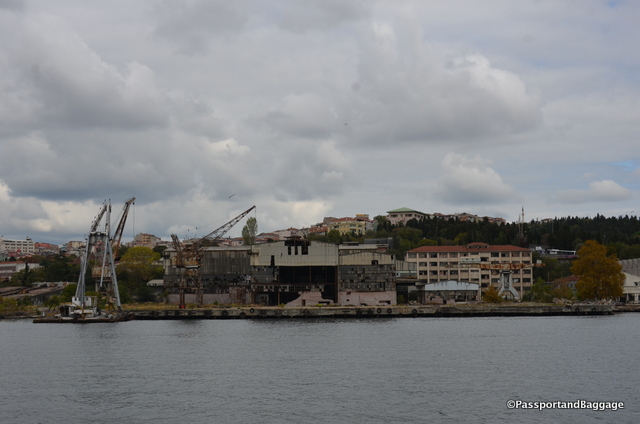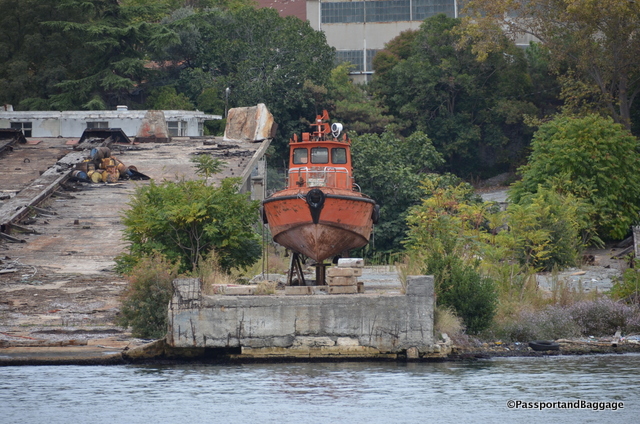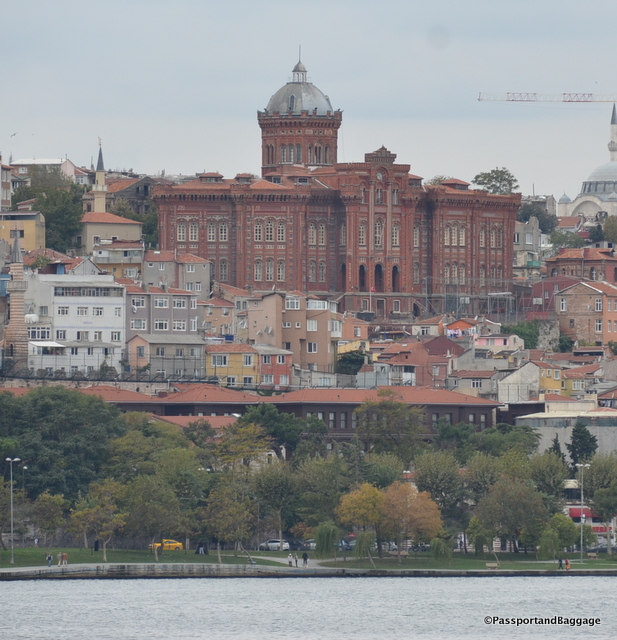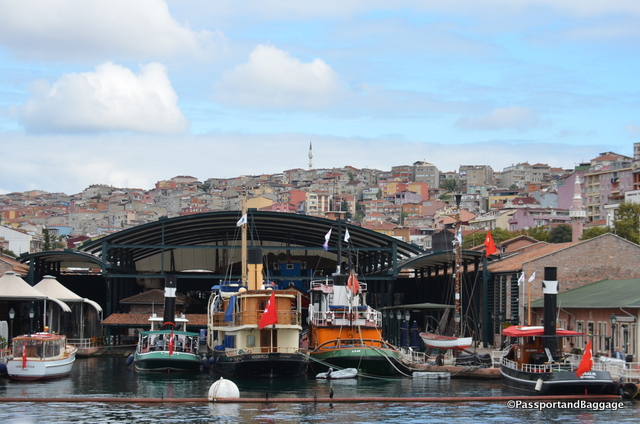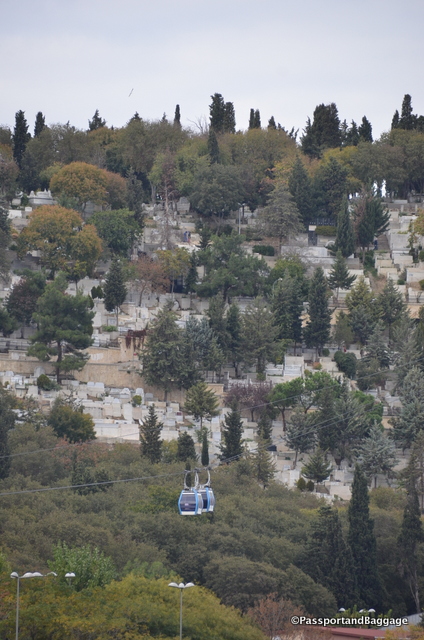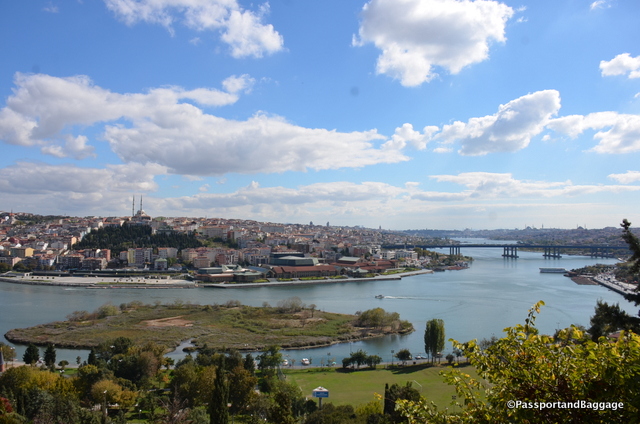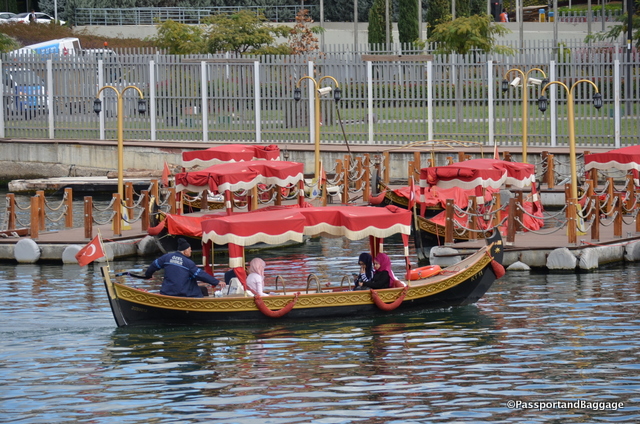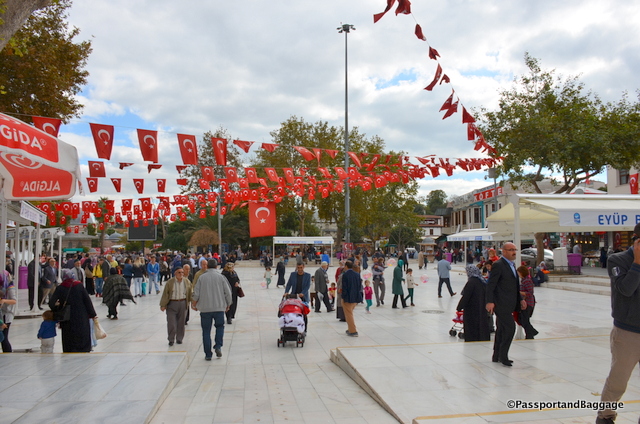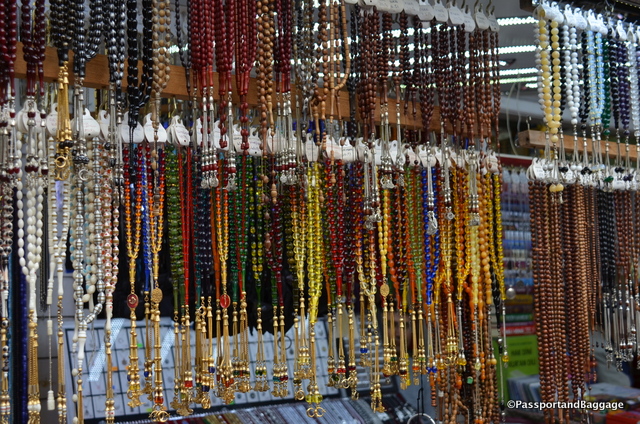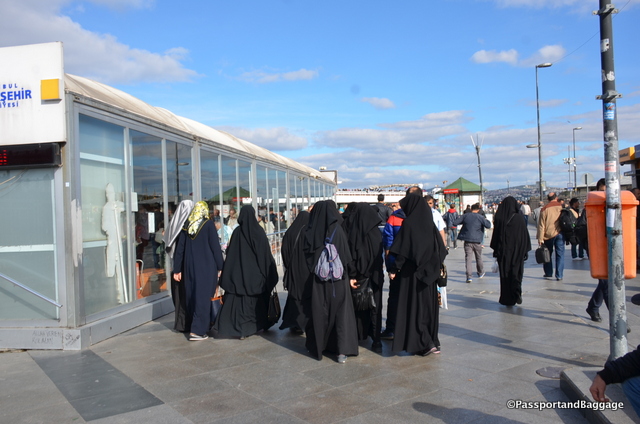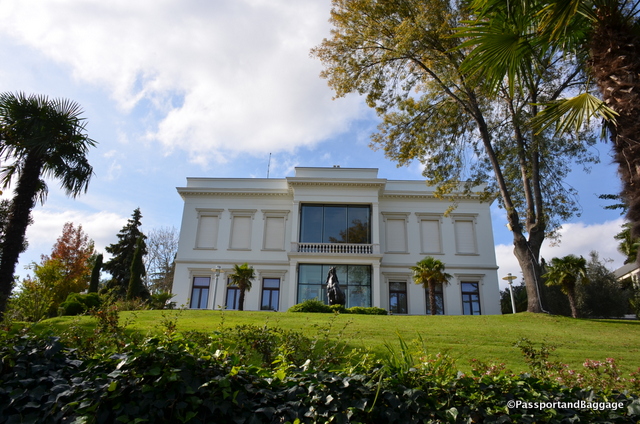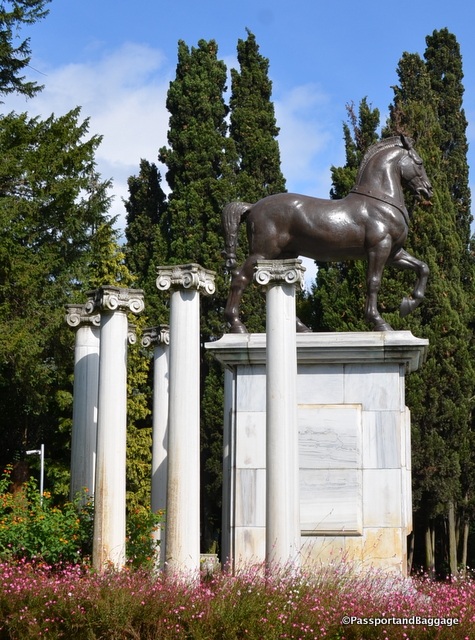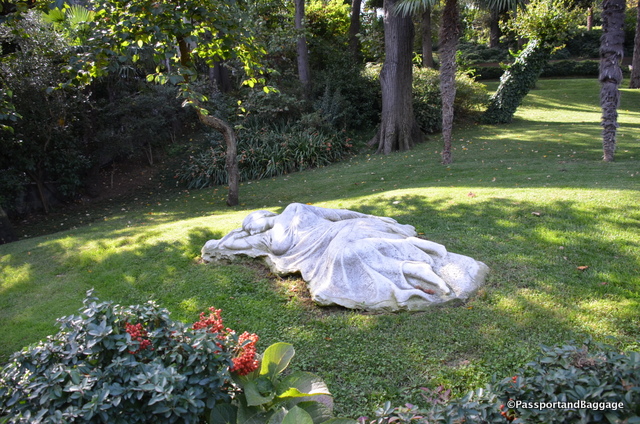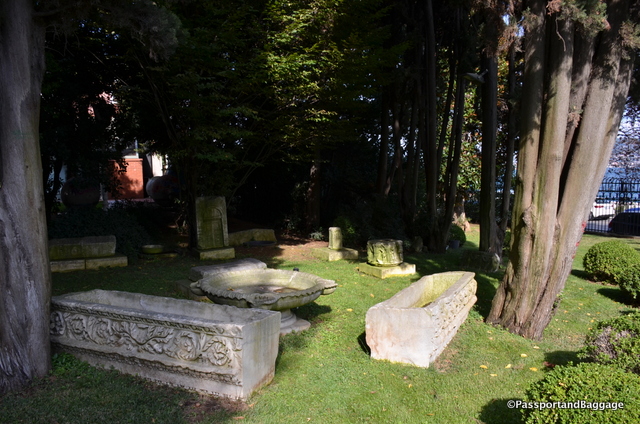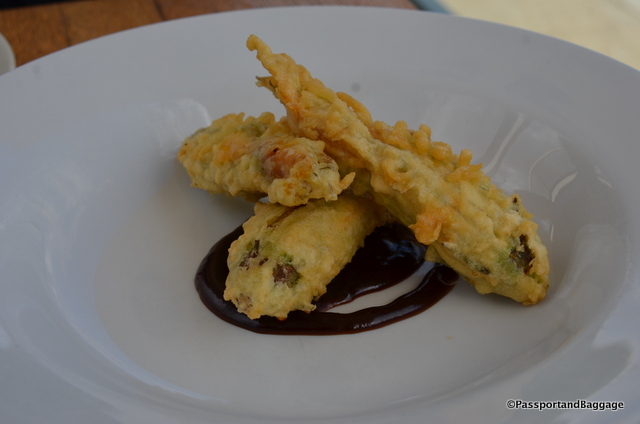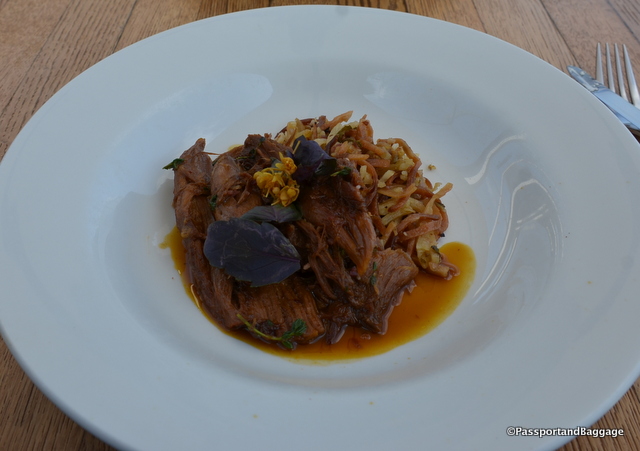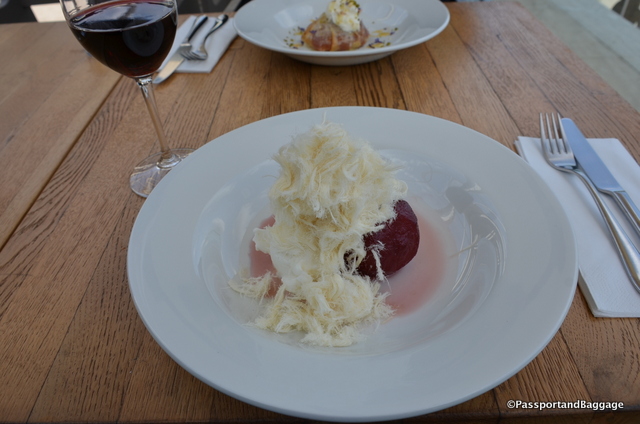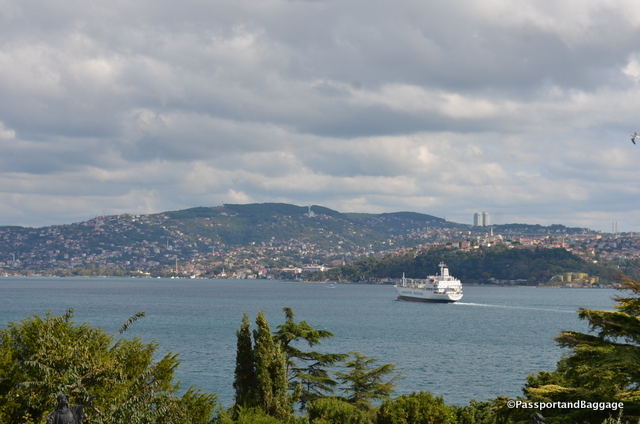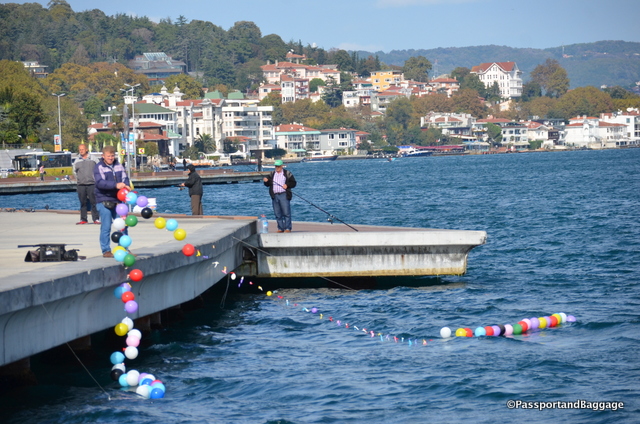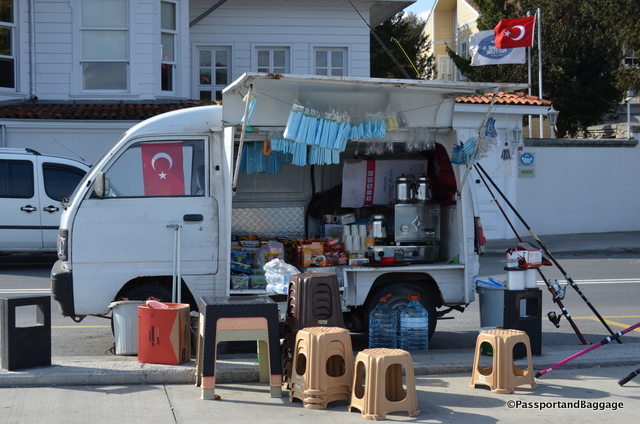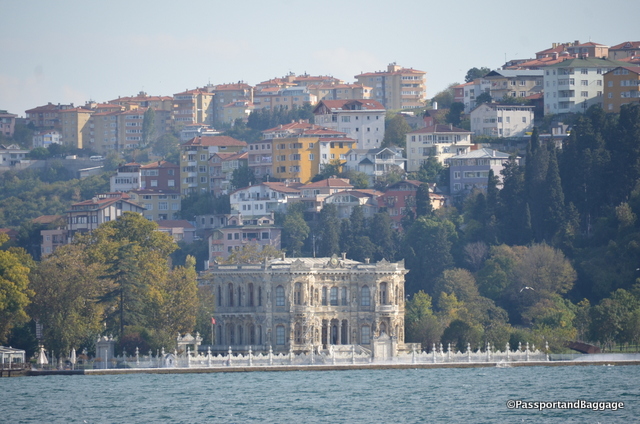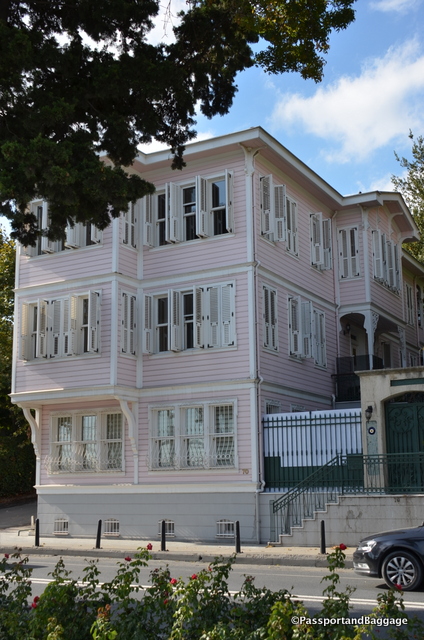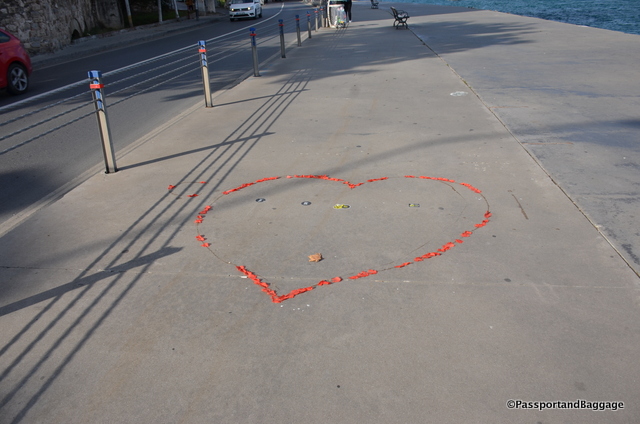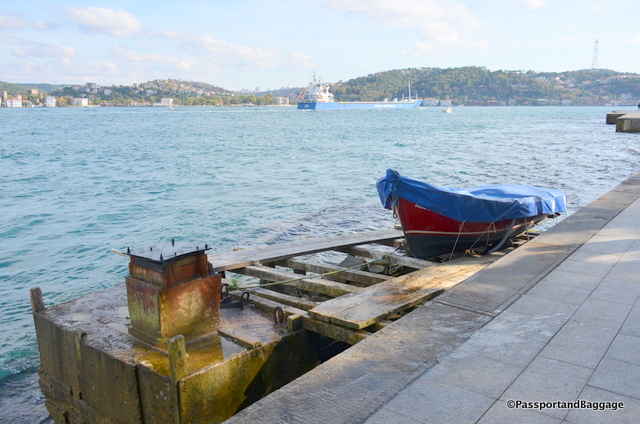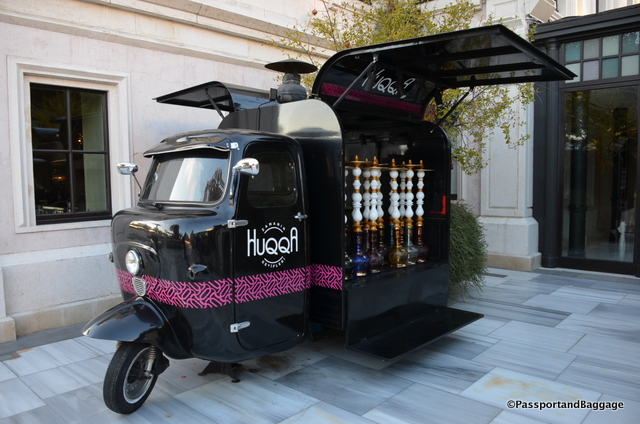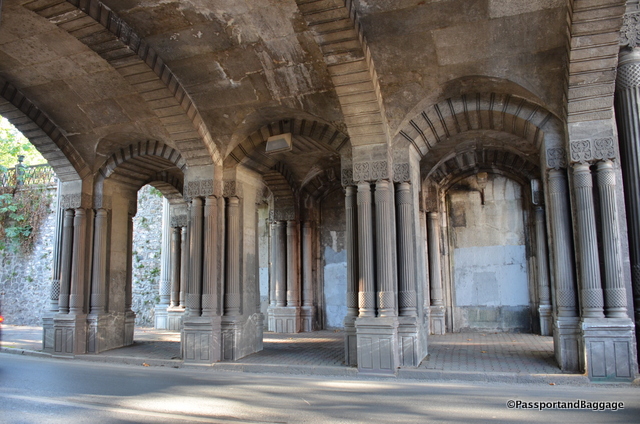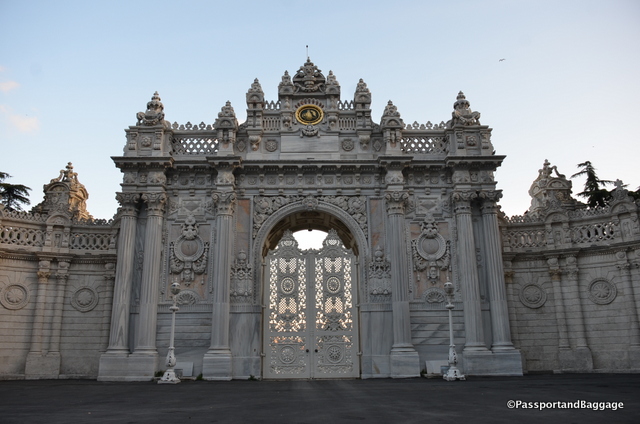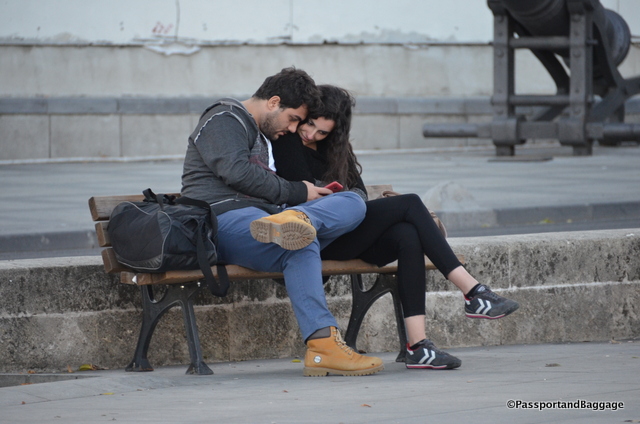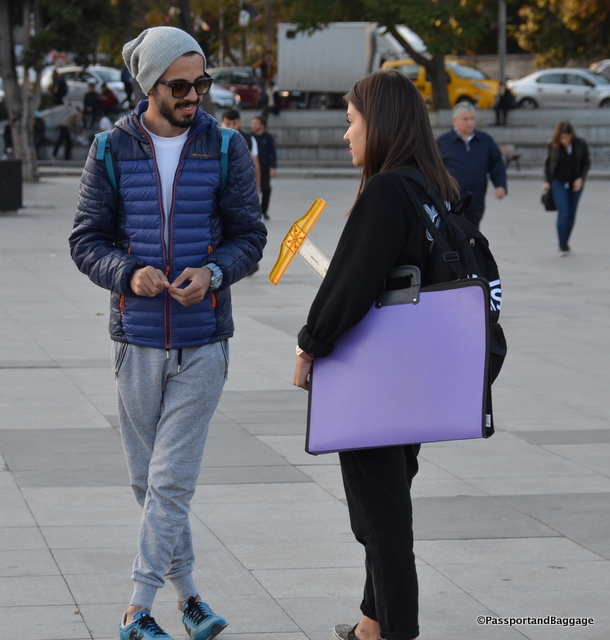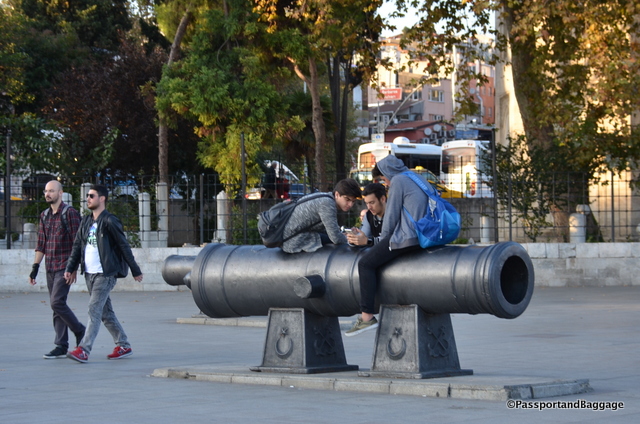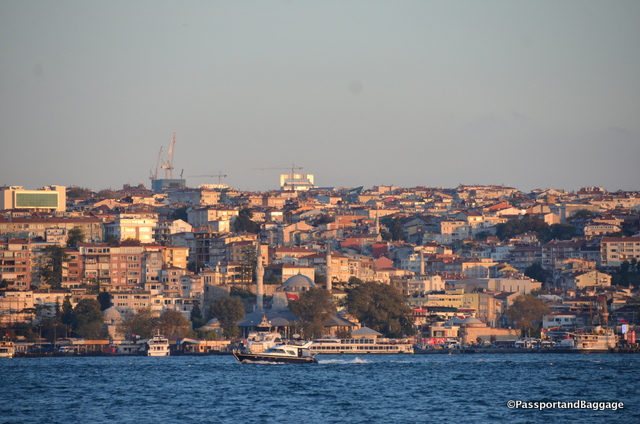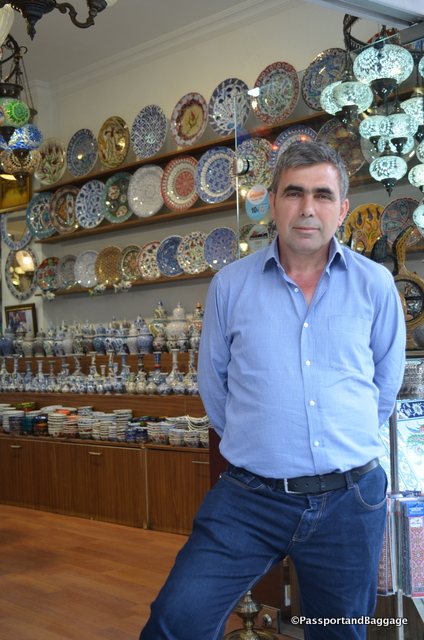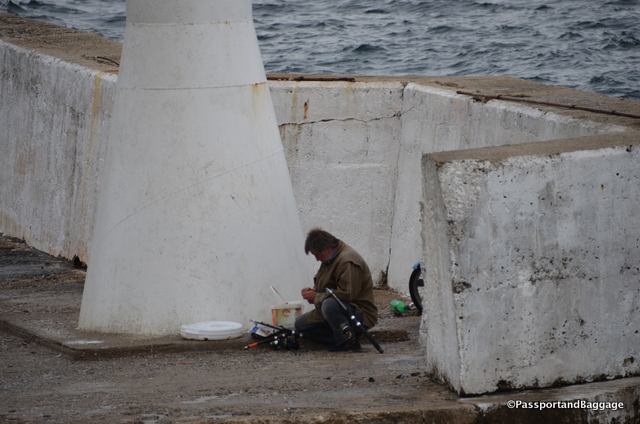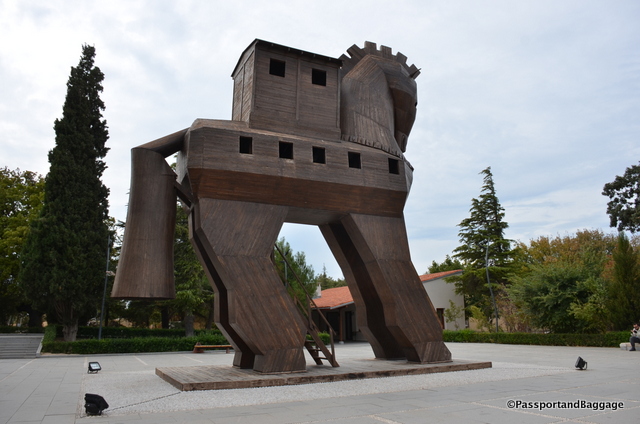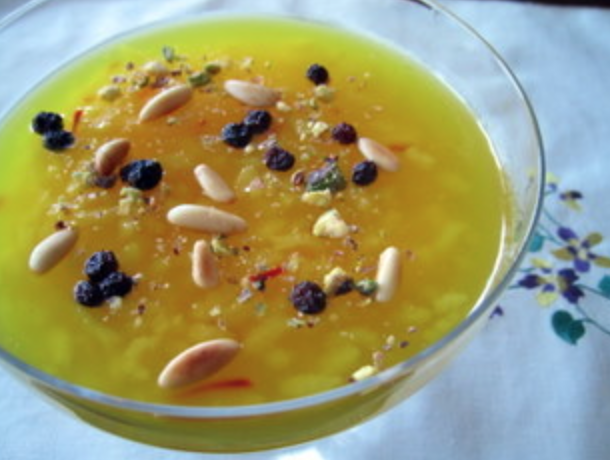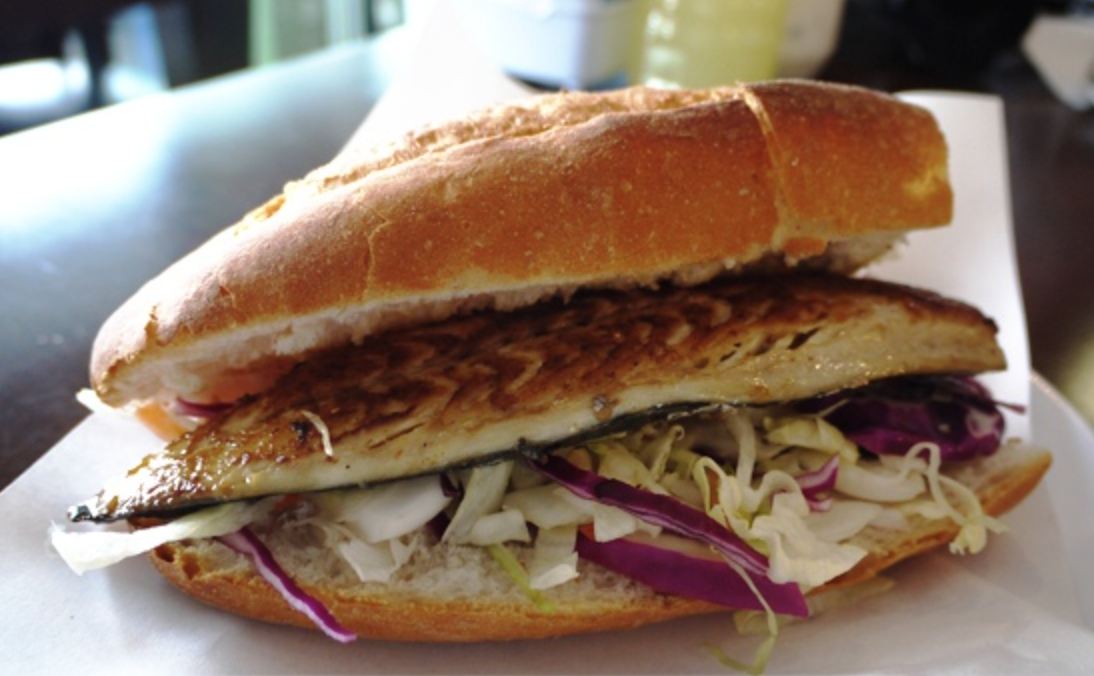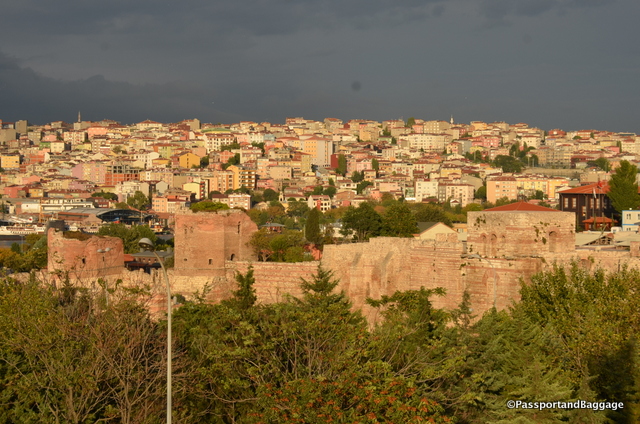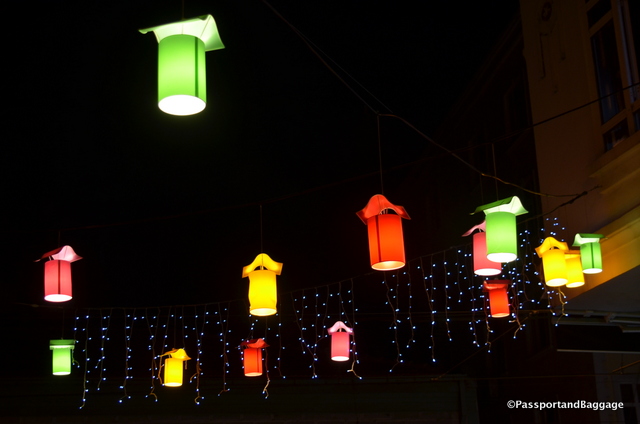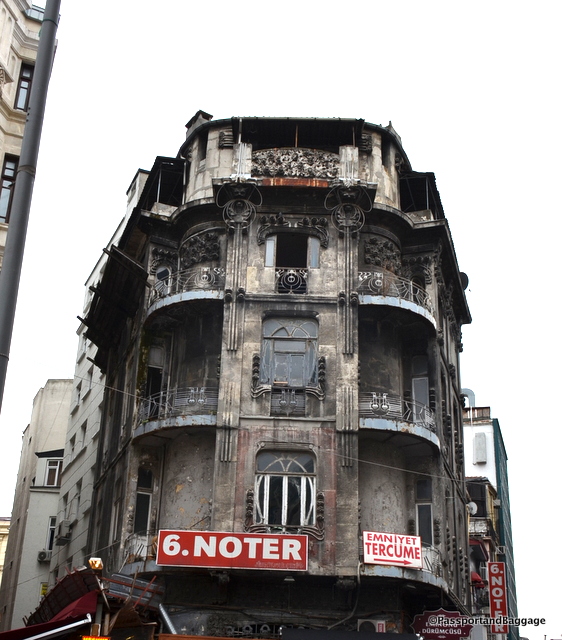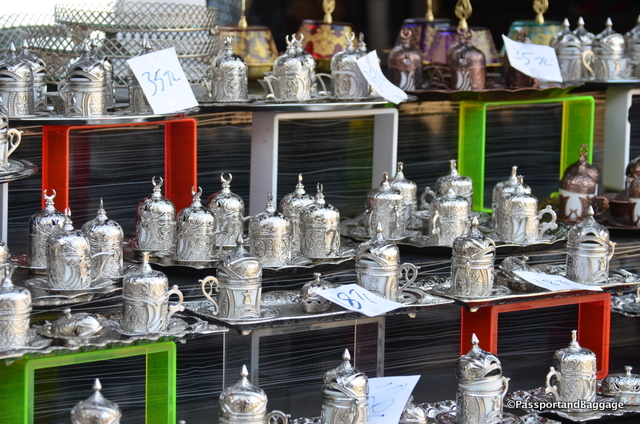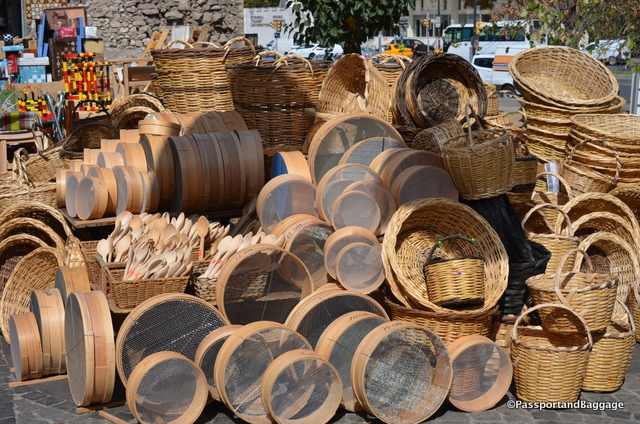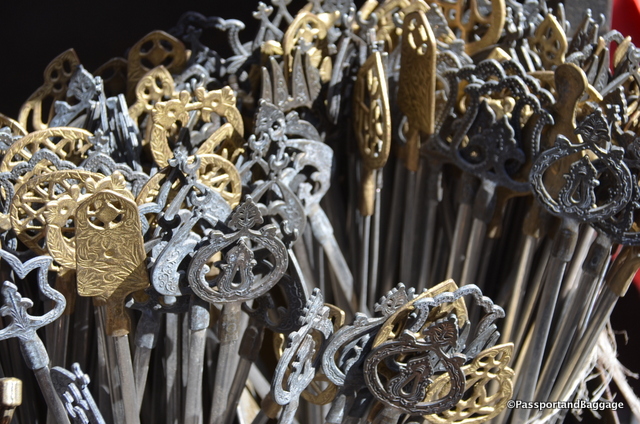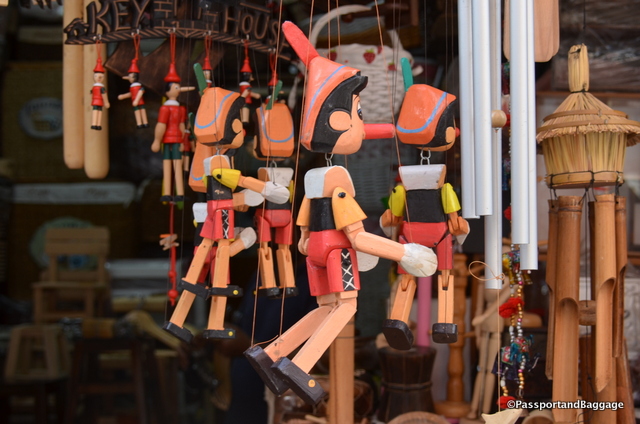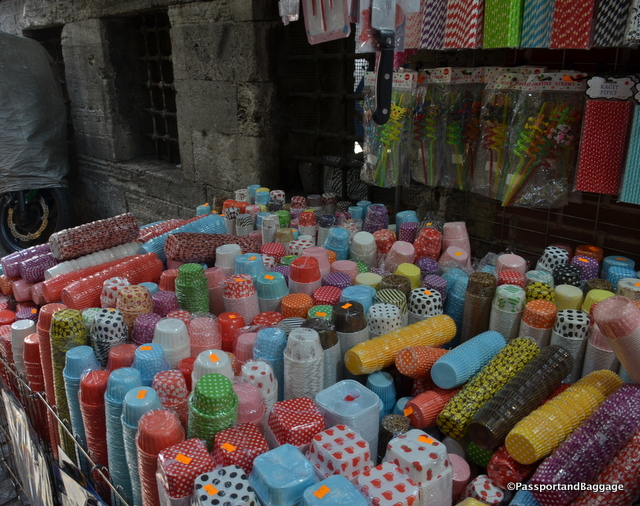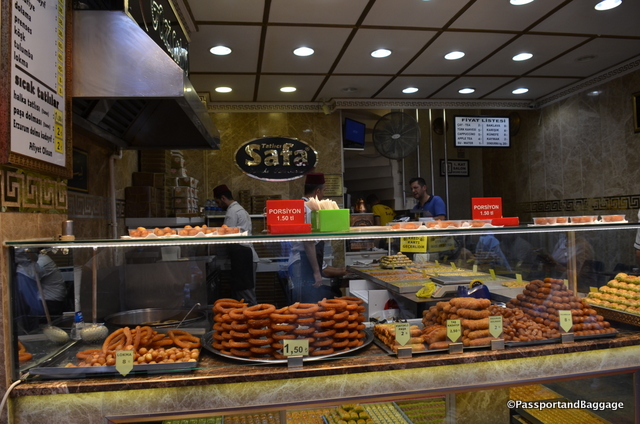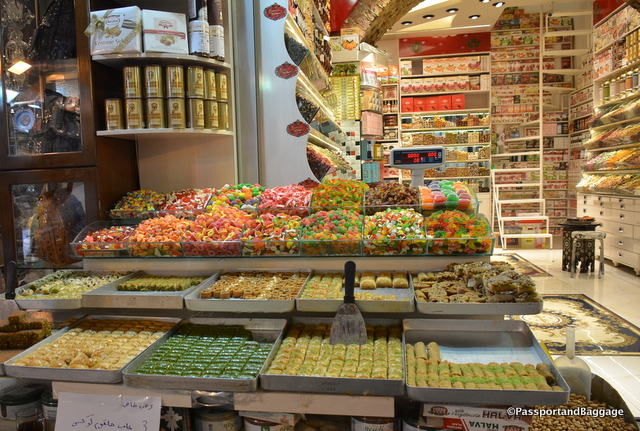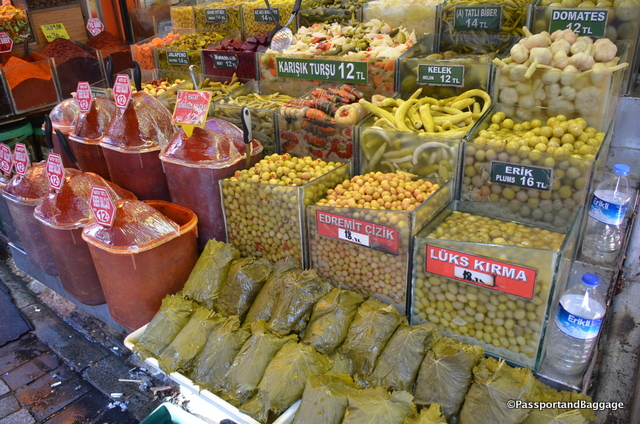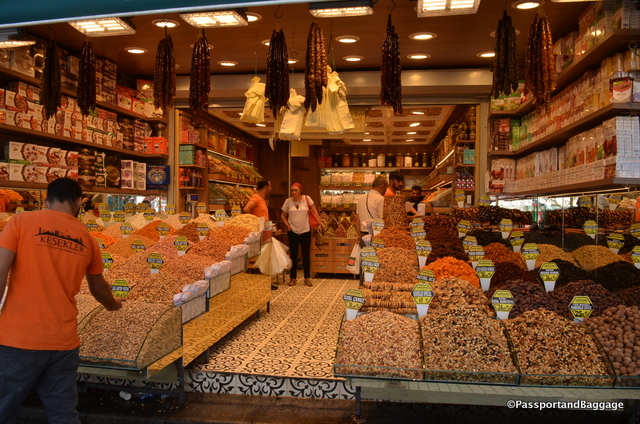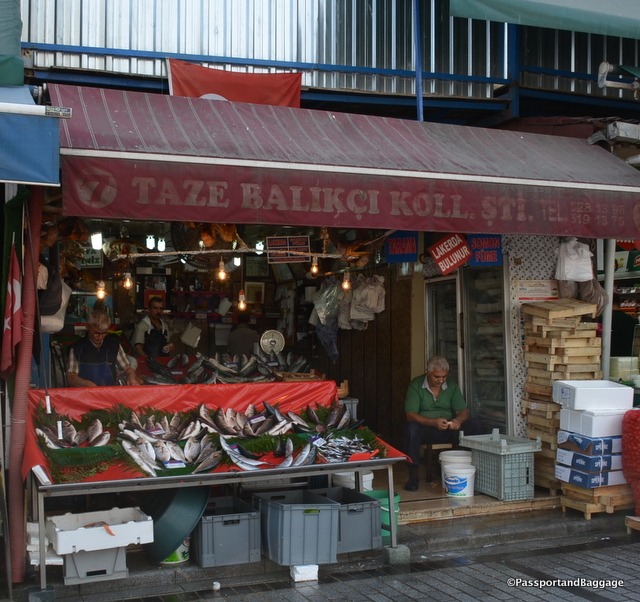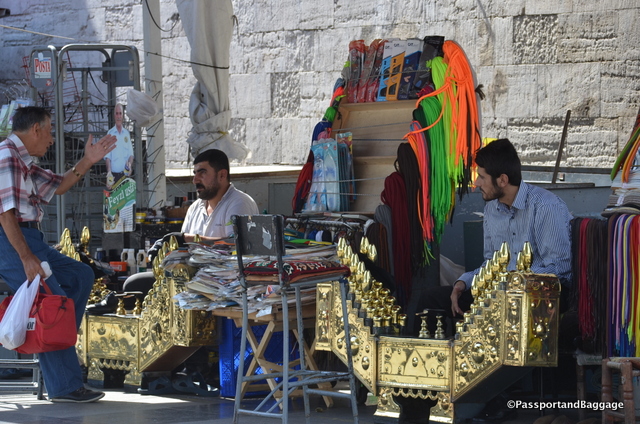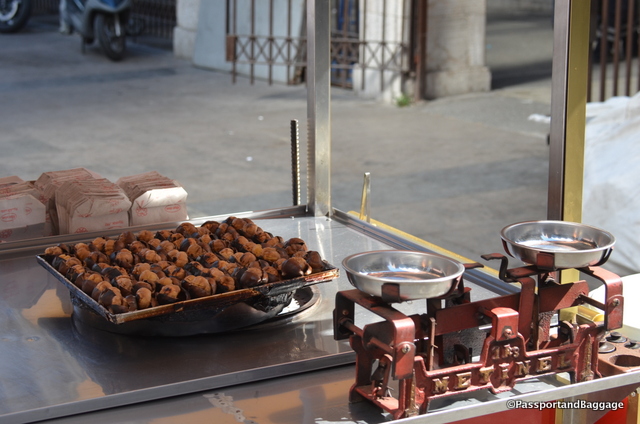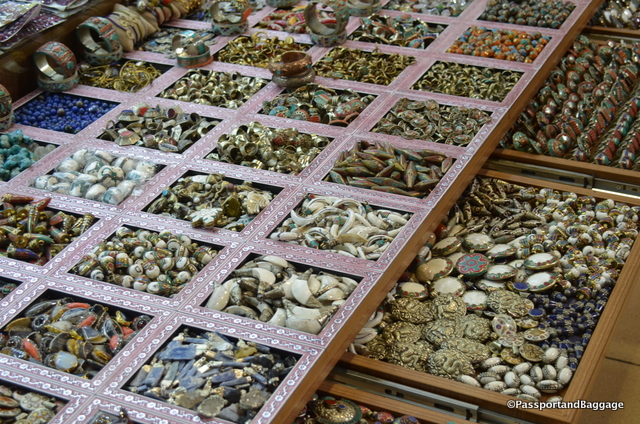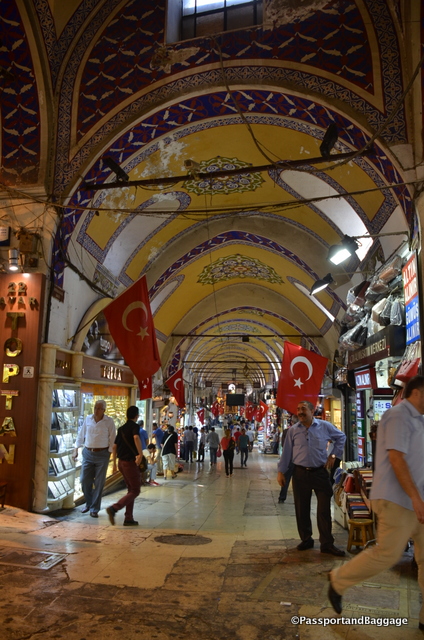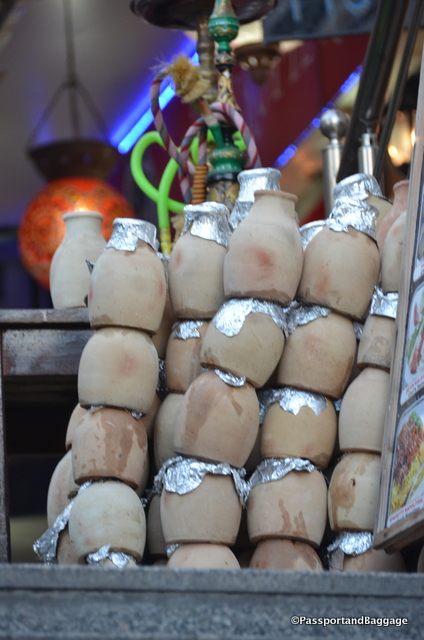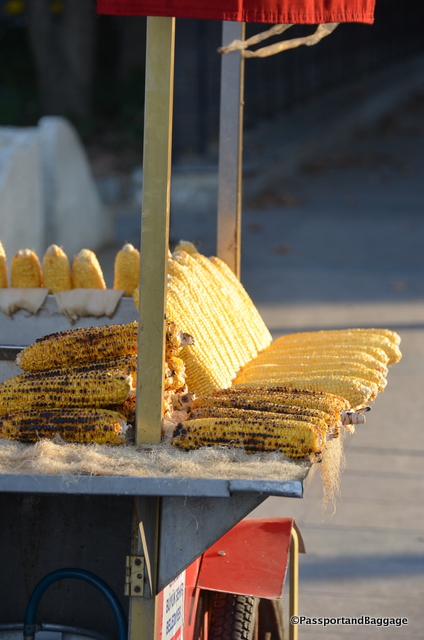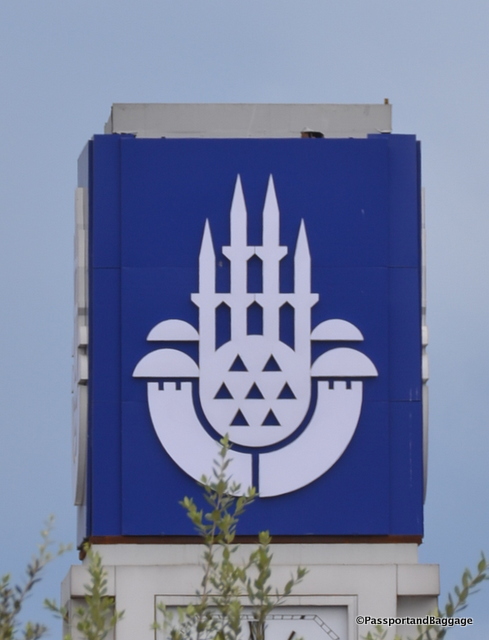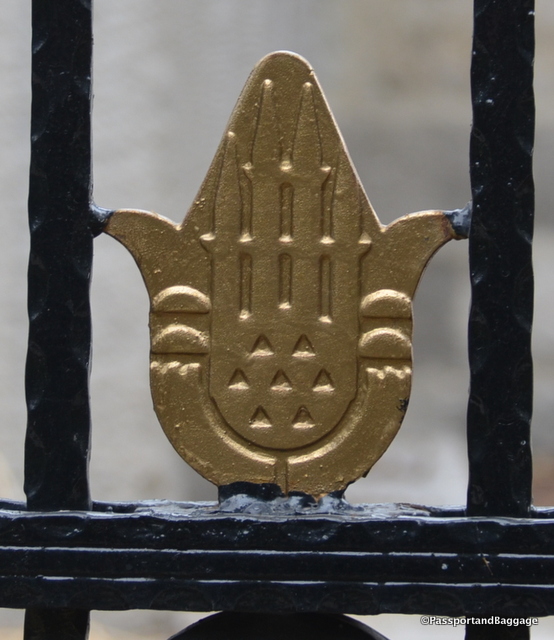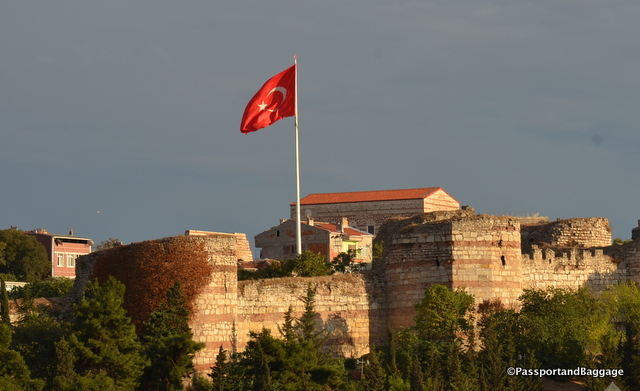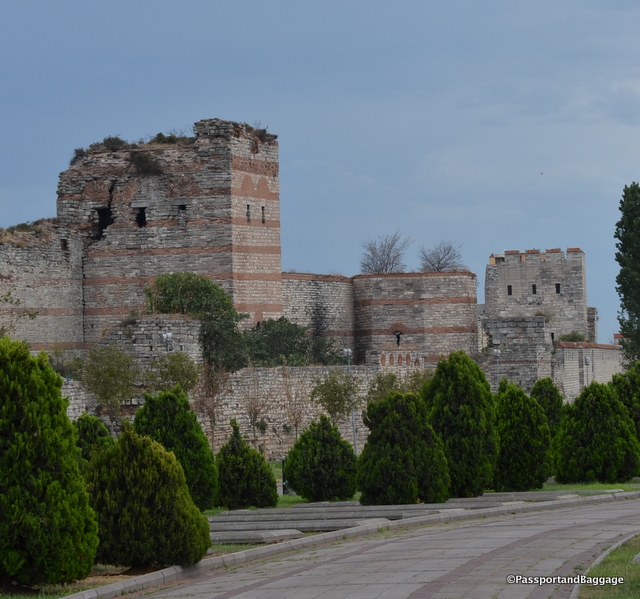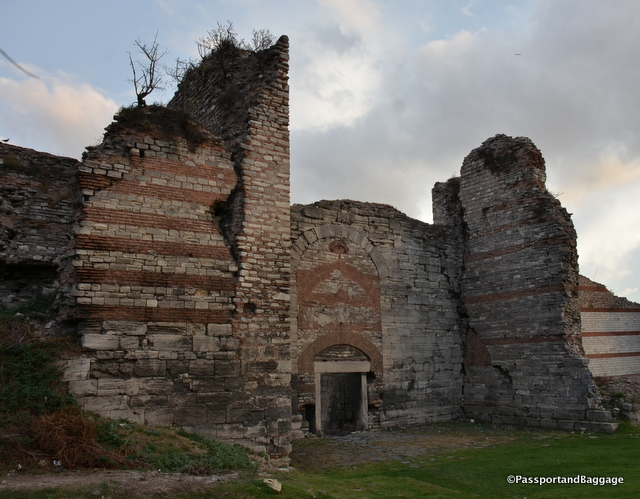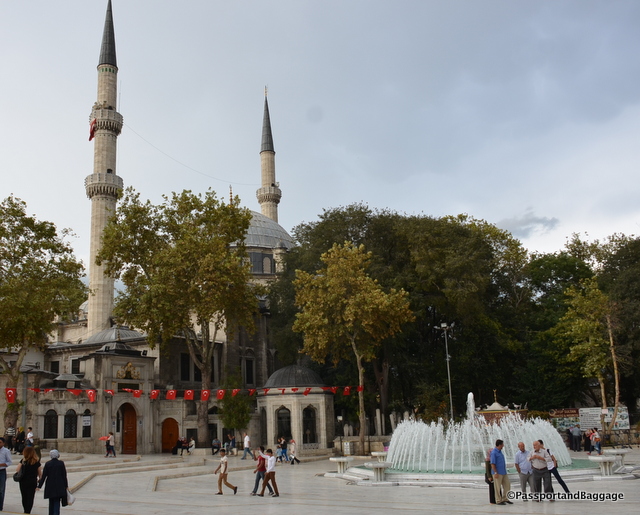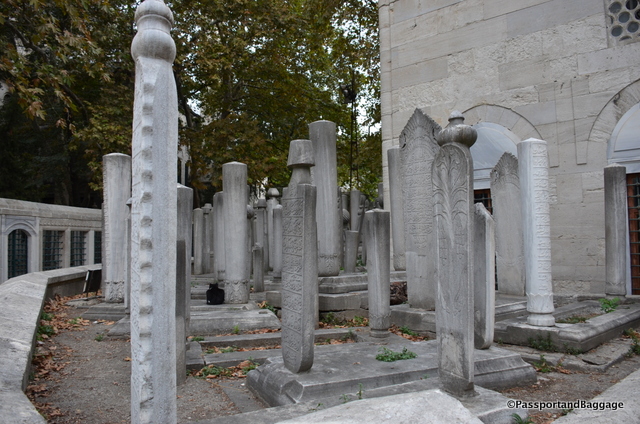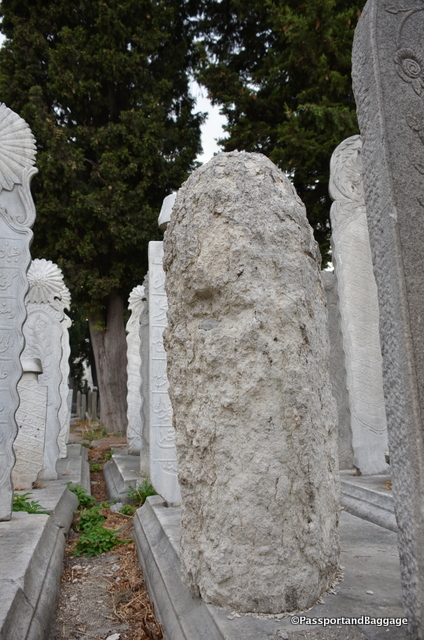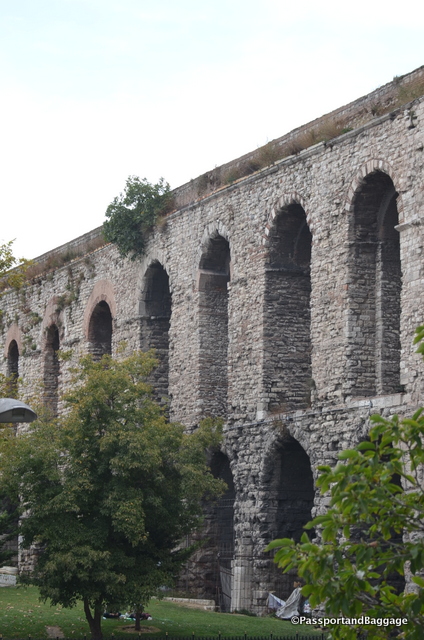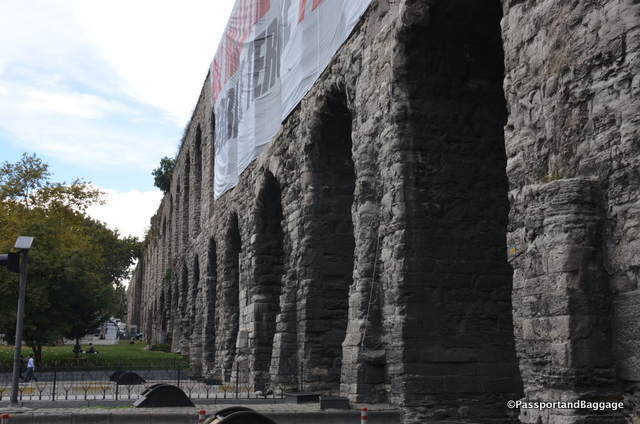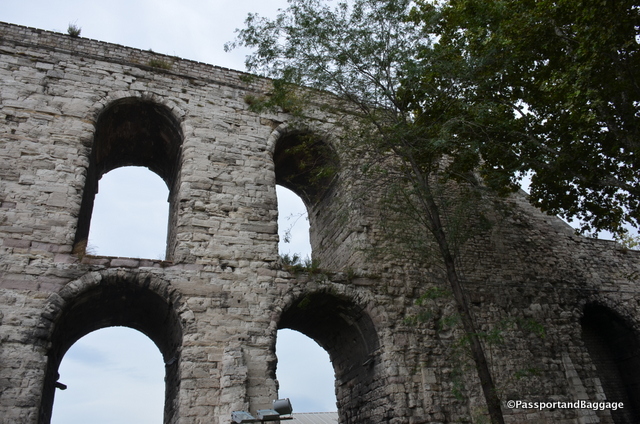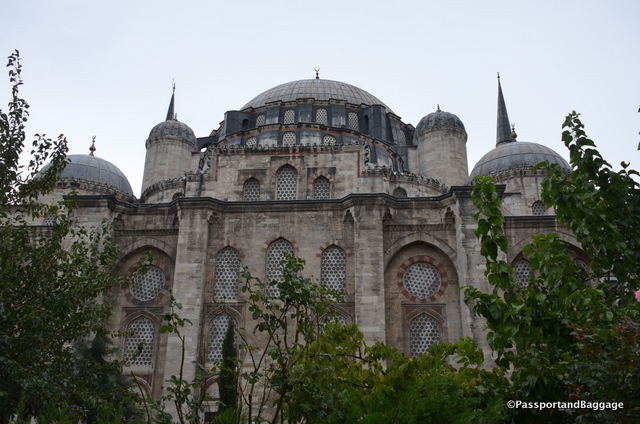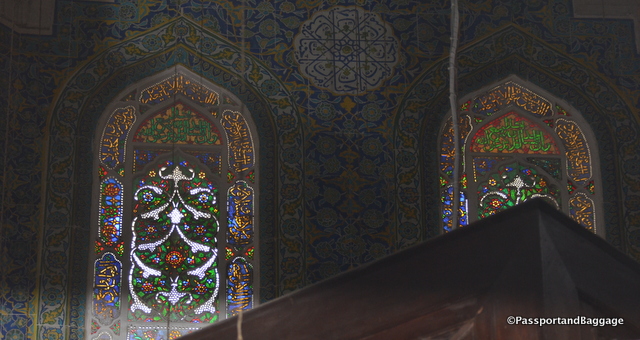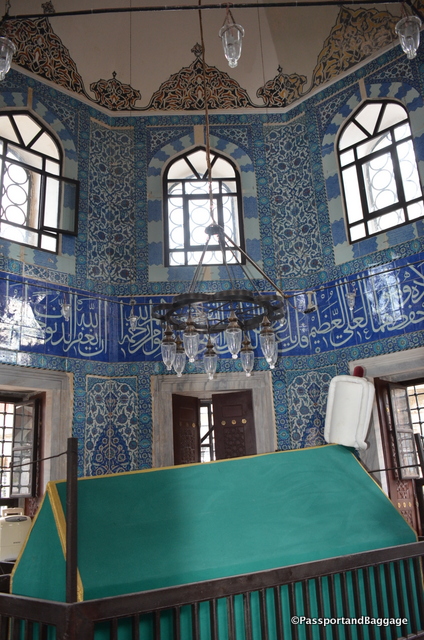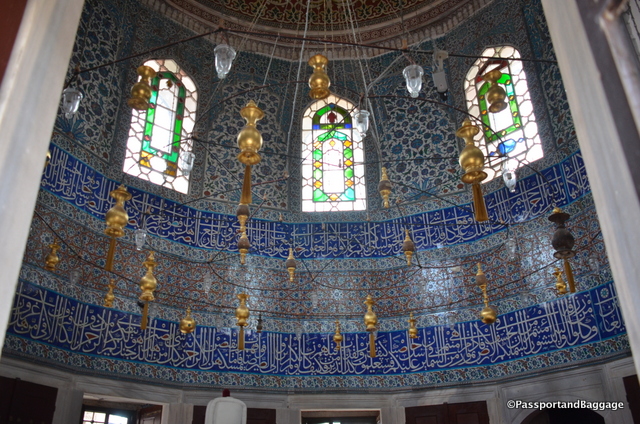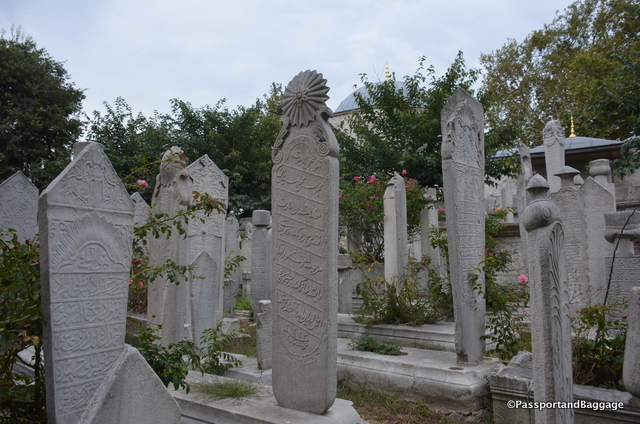January 2023
This post is just a placeholder for my memory. I spent just a few days on this trip in Istanbul as my layover from Oman to home would have included ten hours in the Istanbul airport; I decided to drop in on one of my favorite cities in the world. A city I have visited many, many times and as often as I can.
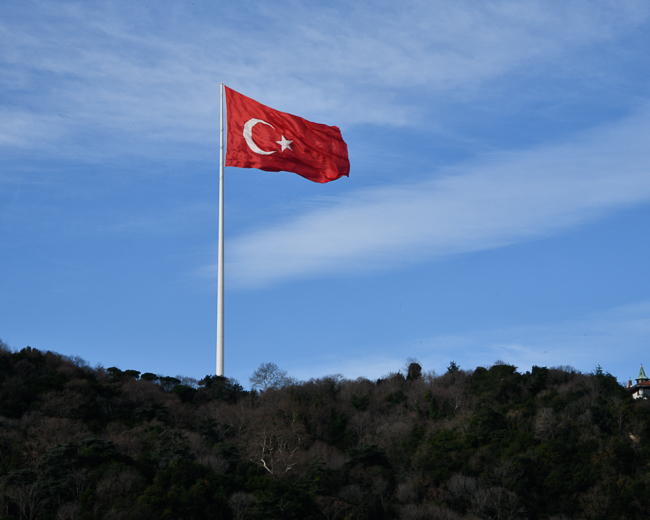 I decided to stay at the Pera Palace, although I was unaware of how famous it is. Agatha Christie stayed in room 411 when writing Murder on the Orient Express. I only learned of the hotel while watching the Netflix show Midnight at the Pera Palace. It was built in 1892 and designed by Alexander Vallaury, a French-Ottoman architect, to host the passengers of the Orient Express. It holds the title of “the oldest European hotel of Turkey”.
I decided to stay at the Pera Palace, although I was unaware of how famous it is. Agatha Christie stayed in room 411 when writing Murder on the Orient Express. I only learned of the hotel while watching the Netflix show Midnight at the Pera Palace. It was built in 1892 and designed by Alexander Vallaury, a French-Ottoman architect, to host the passengers of the Orient Express. It holds the title of “the oldest European hotel of Turkey”.
The hotel was the first building in the Ottoman Empire to be powered by electricity, other than the Imperial Palace. It was also the only address in the city to provide hot running water for its guests and was home to the first electric elevator in Constantinople and only the second electric elevator in Europe.
Room 101 is where Mustafa Kemal Atatürk, founder, and first president of the Republic of Turkey, stayed. The room is now a museum, marked with all the furniture and decorations from his 1917 stay. It also includes some of his personal possessions, including the clock that stopped at the time of his death. When I visited on a Wednesday, the museum was crowded. I saw one German couple, and the rest were Turkish students. The following morning, the museum was once again crowded with students. I consider this a very good sign. The history of Atatürk and Erdoğan being so divergent at this time.
I must admit I fell in love with the history of the Pera Palace Hotel. The location, while once lovely, is now in a rather hectic part of town, and I am not sure it makes sense anymore to stay here, but I could feel the past with every step I took inside the hotel.
These few days are not so much about sightseeing as unwinding, eating too much lokma, dining on Balik Ekmek under the bridge, and wandering the market.
I snuck in a few other things along the way, however.
Camondo Stairs
 The stairs connect Bankalar Caddesi, the street where all the banks and the Bourse used to be in the late Ottoman period, with Bereketzade Medresesi Sokak, one of the streets that leads straight to Galata Tower.
The stairs connect Bankalar Caddesi, the street where all the banks and the Bourse used to be in the late Ottoman period, with Bereketzade Medresesi Sokak, one of the streets that leads straight to Galata Tower.
This staircase was built around 1870-1880 and was financed by Abraham Camondo, a banker and Sephardic Jew (important because they were run out of Spain, and Constantinople was one of the few places they could find safety). The stairs were supposedly built to facilitate the transport of Camondo’s children to their school and as a shortcut for Camondo to reach Bankalar Caddesi quickly. The hexagonal shape of the staircase was supposedly designed in this way so that if one of the children were to slip, the curved banister would prevent them from falling further.
Flora Hani
I first visited Istanbul with my late husband in the 1990s. We walked İstiklal Avenue, historically known as the Grand Avenue of Pera, and took oodles of pictures of the lovely art deco and art nouveau buildings. Buildings that were loaded with quality crafts from Istanbul. In walking Istiklal today, it is filled with nothing but international name-brand stores and “stuff”.
On the other side of the Golden Horn lies this sad creature. Flora Han was built at the beginning of the 20th century to house offices. Its architecture highlights the western influences that crept into the city at a time when the Ottoman court was enthralled with the Art Nouveau styles spreading throughout European cultures. Many of the buildings of this era are the work of Italian architect Raimondo D’Aronco.
Museum of Innocence
Six years ago, when I was here, I didn’t find the need to visit the Museum of Innocence. I had read Orhan Pamuk’s book of the same name and, like all of his books I have read, I was mystified by it and why he would create a museum at the same time as writing the book. This time it was only a few blocks away from my hotel, so I went, and I am glad I did. I was rather intrigued that the museum was very busy, and I am sure I was the only non-Turk visiting. Here are a few pictures that absolutely brought the book back to me.
The rest of my wanderings.
Designed by the Turkish firm Melike Altinisik Architects. The new communications tower features restaurants, exhibition spaces, meeting areas, a panoramic elevator, and a two-story observation deck looking out over the Bosphorus Strait.
So much of my heart resides in this city, but its overwhelming growth is sucking it dry. The streets are so crowded with cars that they do not move, incessant honking being the music of the city. You will never get me to say anything bad about Istanbul, but its growing pains hurt me to watch.
